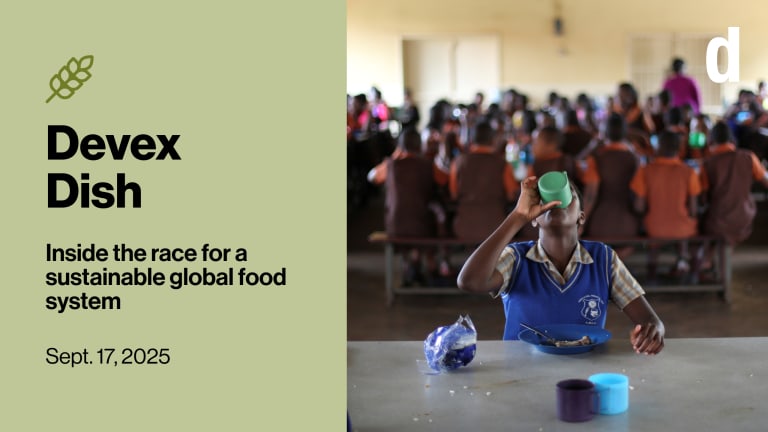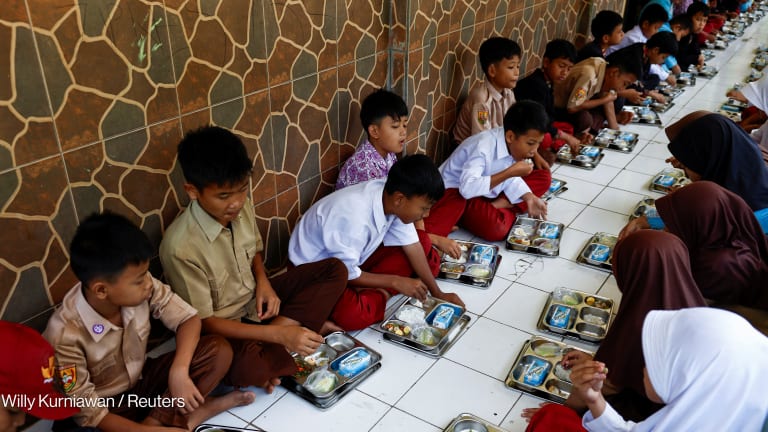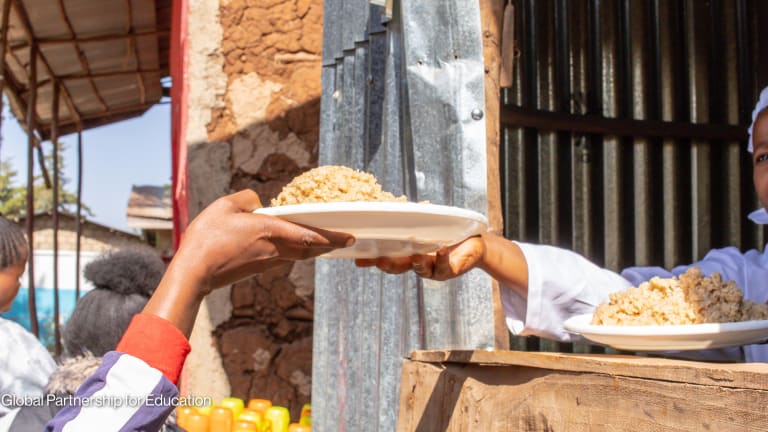Nearly 80 million more children worldwide are now receiving school meals through government-led programs than in 2020 — a 20% increase that brings the global total to at least 466 million, according to the World Food Programme.
The biennial State of School Feeding Worldwide report, released last week, casts school feeding in a new light. Once seen as a welfare measure for lower-income students, it is increasingly understood as a long-term investment with multiple payoffs: keeping children in school, boosting test scores, improving nutrition, and stimulating economies through job creation and increased demand for agricultural products.
“Governments around the world, especially in low- and middle-income countries, are showing real leadership by choosing to prioritize school meals programs,” WFP Executive Director Cindy McCain said in a statement. “They are proven to be one of the smartest, most cost-effective investments any nation can make to improve the long-term health, education and economic prosperity of future generations.”








